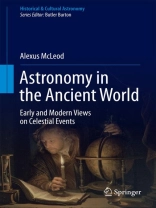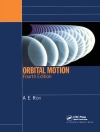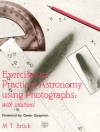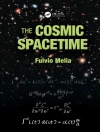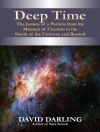Alexus Mc Leod explores every aspect of the lesser-known history of astronomy in the Americas (Mesoamerica and North America), China and India, each through the frame of a particular astronomical phenomena. Part One considers the development of astronomy in the Americas as a response, in part, to the Supernova of 1054, which may have led to a cultural renaissance in astronomy. He then goes on to explore the contemporary understanding of supernovae, contrasting it with that of the ancient Americas. Part Two is framed through the appearances of great comets, which had major divinatory significance in early China. The author discusses the advancement of observational astronomy in China, its influence on politics and its role in the survival or failure of empires. Furthermore, the contemporary understanding of comets is also discussed for comparison. Part Three, on India, considers the magnificent observatories of the Rajput king Jai Singh II, and the question of their purpose. The originsof Indian astronomy are examined in Vedic thought and its development is followed through the period of Jai Singh, including the role played by solar eclipses. The author also includes a modern explanation of our understanding of eclipses to date. In the final section of the book, Mc Leod discusses how ancient traditions might help modern civilization better understand Earth’s place in the cosmos.
Jadual kandungan
Introduction.- The Americas.- Supernovae.- China.- Comets.- India.- Eclipses.- Europe and the West.- Astronomy Today.
Mengenai Pengarang
Alexus Mc Leod is Assistant Professor of Philosophy at Colorado State University. His academic areas of specialization are ancient Chinese and comparative philosophy, and he also writes on the history of astronomy and intellectual history more broadly. He is the author of Understanding Asian Philosophy: Ethics in the Analects, Zhuangzi, Dhammapada, and Bhagavad Gita (Bloomsbury, 2014), and The Concept of Truth in Chinese Philosophy: A Comparative Approach (Rowman and Littlefield International, forthcoming). He has published a number of academic articles on Chinese, Indian, and Mesoamerican thought. He has been involved in amateur astronomy since youth, and is a member of the Northern Colorado Astronomical Society. He is engaged in public outreach and education in the history and philosophy of astronomy, and has presented on ancient astronomy to large audiences at a number of museums and organizations nationwide.
